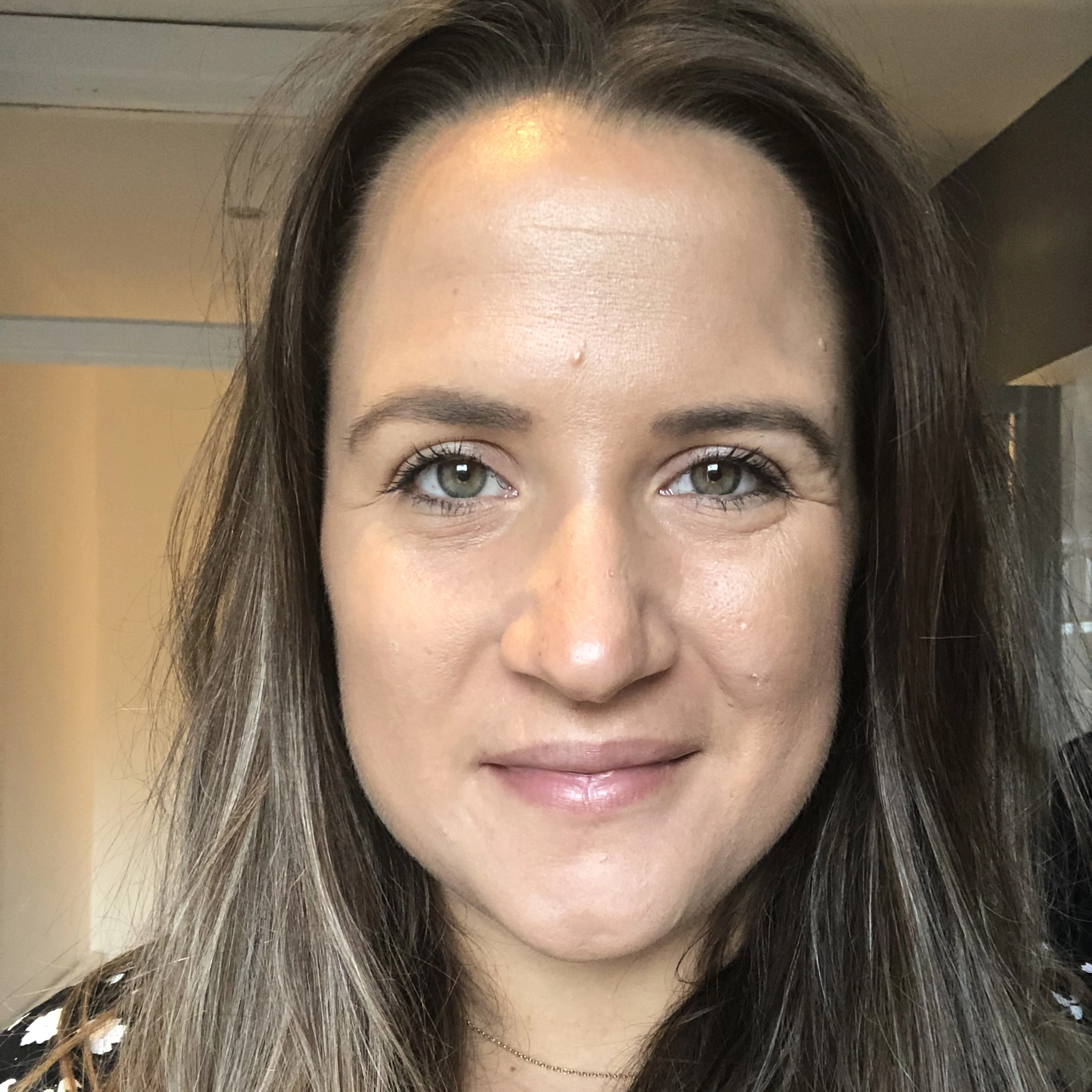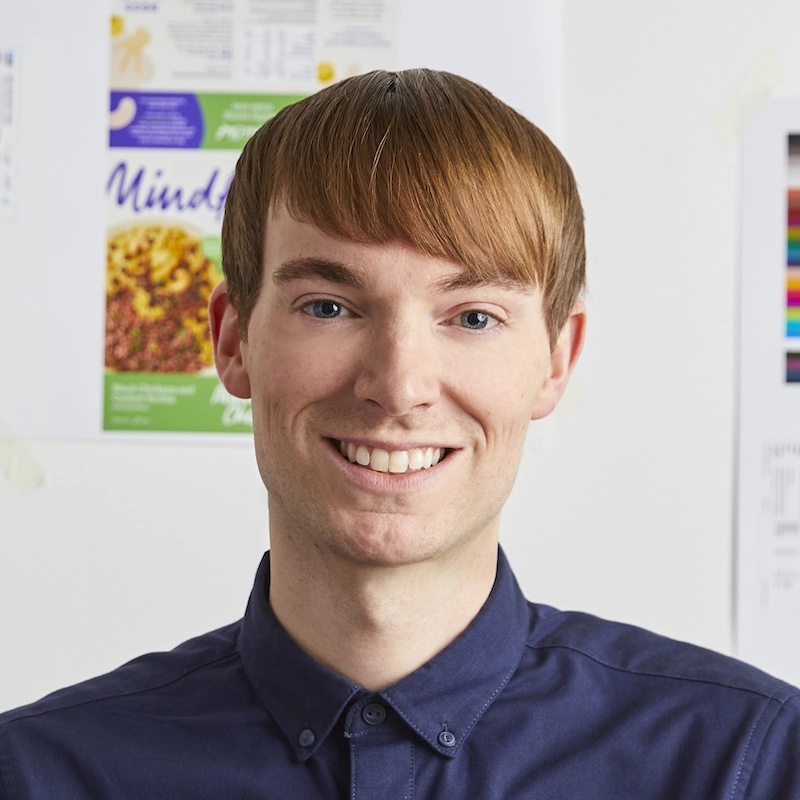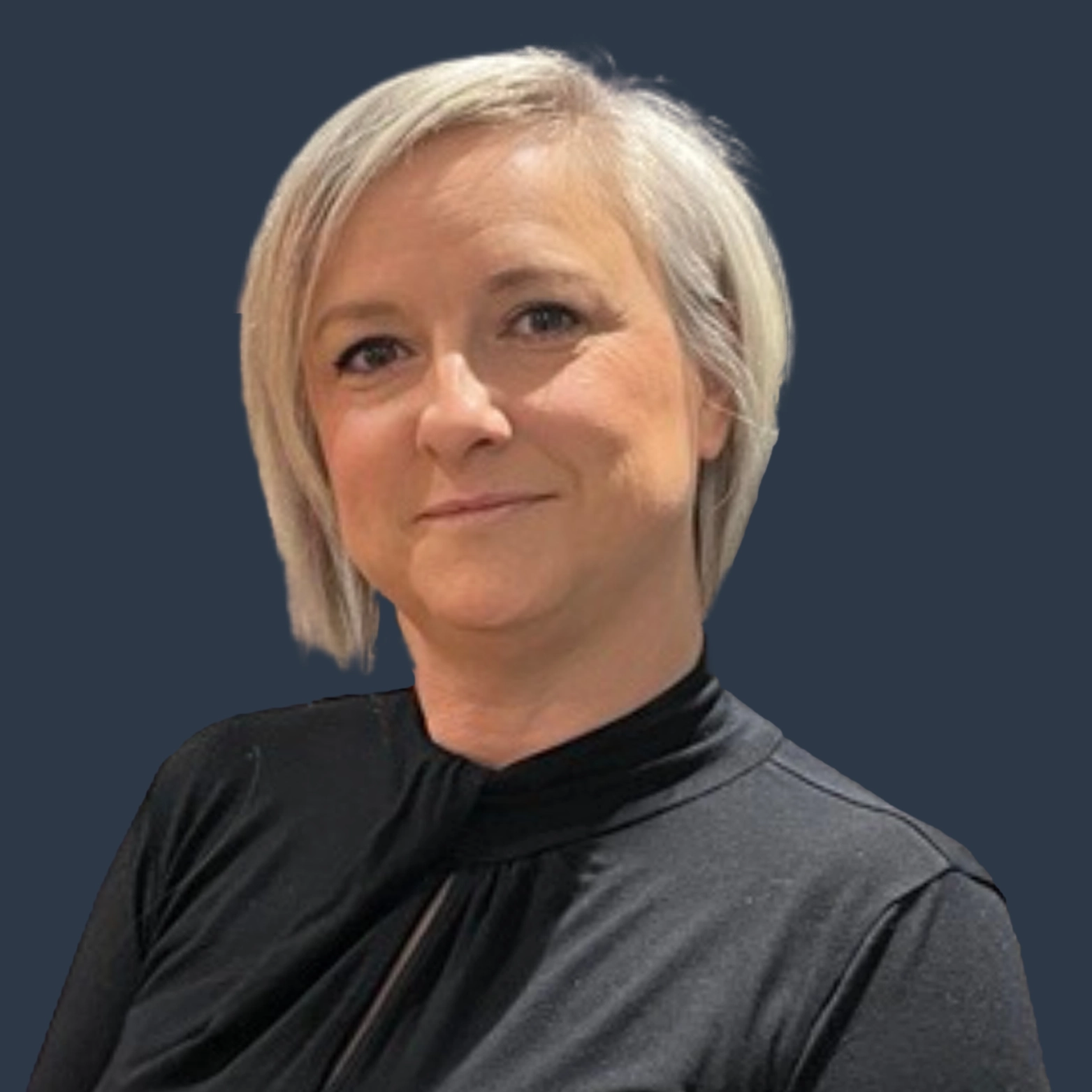Key Takeaways
- Getting it wrong is part of getting it right. Trial and error helped shape a team and structure that truly fit the business.
- Focus beats doing it all. Knowing your strengths (and when to bring in partners) builds trust and avoids burnout.
- Structure fuels creativity. Strong processes reduce chaos and give the team space to do their best work.
- Leadership means enabling, not just delivering. Creative leaders shape culture, strategy and outcomes—not just outputs.
When I joined E.ON Next 5 years ago, the brand didn’t exist and neither did a creative team. I’ve since built an in-house agency from the ground up: launching the brand, growing a multidisciplinary team from 1 to 27, and leading creative across campaigns that have won industry recognition for both purpose and performance.
It’s been fast, sometimes messy, and never predictable. But also incredibly rewarding.
In this article, I want to share what’s worked, what’s changed, and what I’ve learned, with honesty. Because building something new is rarely smooth, but when you get it right (or even nearly right), it’s transformational. From trial-and-error hiring to drawing boundaries, and from solid process foundations to unlearning old agency habits, here’s what it really takes to grow an in-house agency.
1. You won't get it right first time (and that's a good thing).
We tried things that didn’t work, and I’m glad we did.
In the early days, we brought in roles and capabilities that seemed like a good fit on paper, but didn’t stick long-term. And that was okay. We weren’t copy-pasting a traditional agency structure. We were building what we needed, when we needed, shaped by the demands of a fast-moving business and a brand still finding its voice.
Experimentation became part of the process. Some people were with us for a short chapter and made a meaningful impact and others are still growing with us today. That flexibility and a willingness to get it wrong, helped us build something that was right for us.
2. Find your edge and own it.
One of the best decisions we made was drawing a clear line around what we would and wouldn’t take on in-house.
There’s a temptation to do it all. To prove your value by saying “yes” to every brief. But over time, we learned to focus on the work that brought the most value, and where we could move the fastest with quality.
We partnered with external agencies when it made sense: for overflow capacity, deep specialism, or a fresh pair of eyes.
Knowing your limits isn’t failure — it’s strategy. Owning your edge builds trust. It also protects your team from burnout and positions you as a focused, confident partner who enables agency partners for putting the brand first rather than a jack-of-all-trades for wanting to do it all.
3. The process isn't boring. It's creative oxygen.
People often assume process is the opposite of creativity. I’ve found the opposite to be true.
As our team grew, the need for structure became clear, not as red tape, but as oxygen. We built a full operational backbone: using Asana to manage workflow, Frontify to protect brand consistency, and clear intake and reporting models that gave stakeholders confidence in how we worked.
With that foundation in place, our team had more room to think, explore, and deliver. There was less chaos. Fewer bottlenecks. More time spent making, not managing.
Process evolves as the business evolves, we are actually in the midst of optimising our workstreams to further alleviate bottlenecks.
A good process doesn’t limit creativity, it unleashes it.
4. You're not just a service team. You're becoming a strategic partner.
One of the biggest shifts we’re working towards is moving from being a service function, brought in to design or write something at the end of the process, to becoming a creative partner earlier in the journey.
That means helping shape propositions, products and ideas with the business, not just wrapping them in brand at the final stage.
We’re making progress embedding ourselves further up the funnel. We’re getting involved earlier, helping frame opportunities creatively, not just execute them. But it’s a mindset shift for the business and for our creatives and it takes time.
We’re also changing how we think about servicing. Instead of owning every creative output ourselves, we’re empowering the business to do more, with confidence. That means putting the right tools, brand systems and creative guardrails in place so other teams can move faster without compromising the integrity of the brand.
It’s still in motion, but it’s a powerful transition:
From reactive to proactive. From doing to enabling.
And ultimately, from a team that delivers assets to a team that helps shape outcomes.
5. Know when to stick to the rules and when to break them.
My agency background gave me a solid foundation: an instinct for craft, a love of ideas, and a deep respect for the power of brand. But I quickly realised that in-house isn’t the same game.
Timelines move differently. Business needs shift fast. Stakeholders might not speak your language. And the rules you’ve relied on might need bending, or breaking to get the right result.
I’ve had to adapt how I think about briefs, delivery pace, and even creative review. Not to compromise, but to find better ways of solving real problems, faster. The mindset shift is key: you’re building for the business you’re in, not the agency you came from.
Final Thought: Leadership is the creative work.
Creative leadership in-house is more than setting the bar for great work. It’s building the team, the tools, and the culture that lets that work happen over and over again.
It means protecting space for creative thinking and driving delivery. Listening closely and pushing for better. Being okay with failing fast and smart about learning from it.
If you’re building an in-house team from scratch, know this: it won’t be easy. But if you get the foundations right, it can be one of the most rewarding creative challenges you’ll ever take on.
Latest.
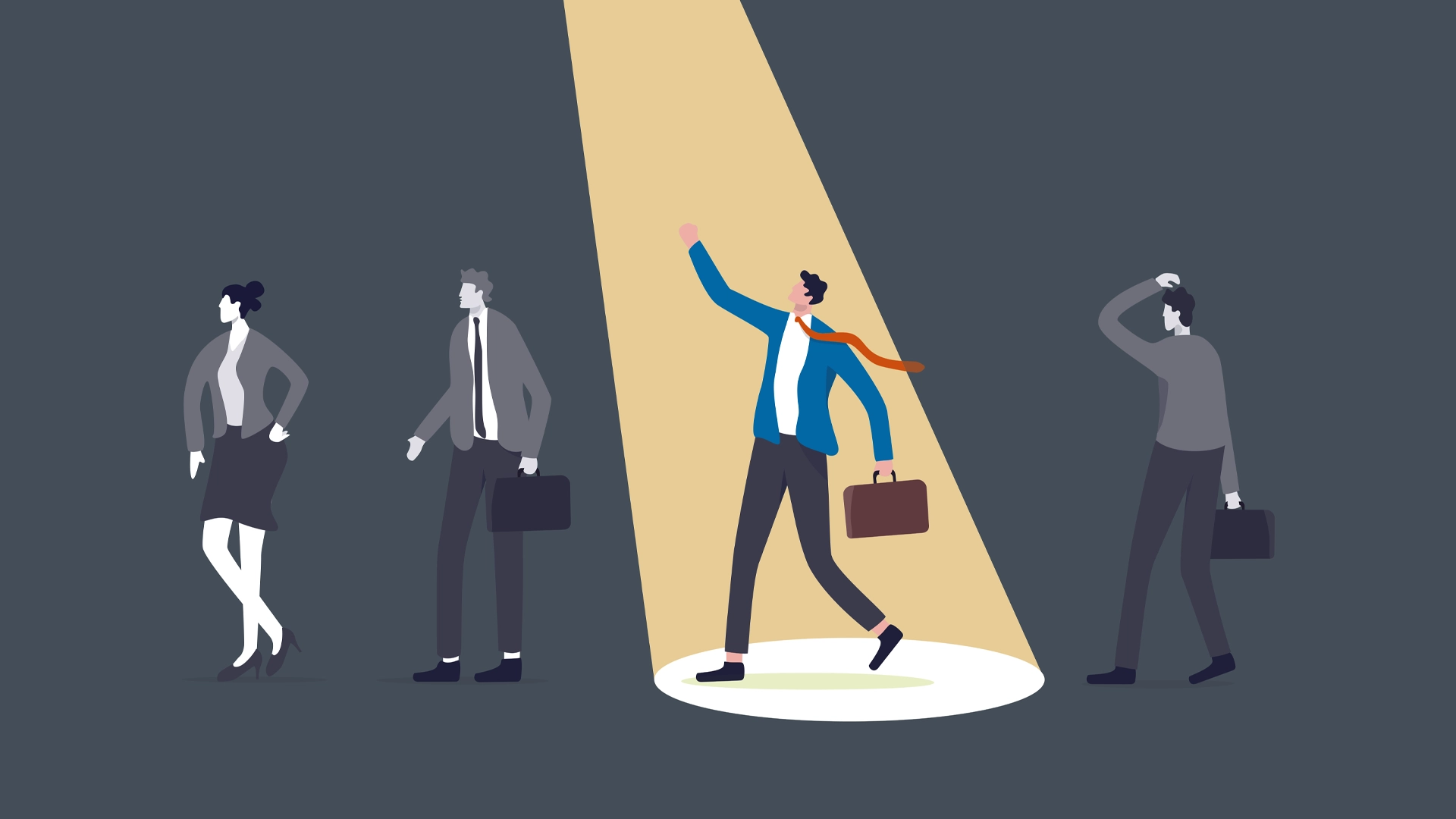
Save your tears for the boardroom.
Thought Leadership
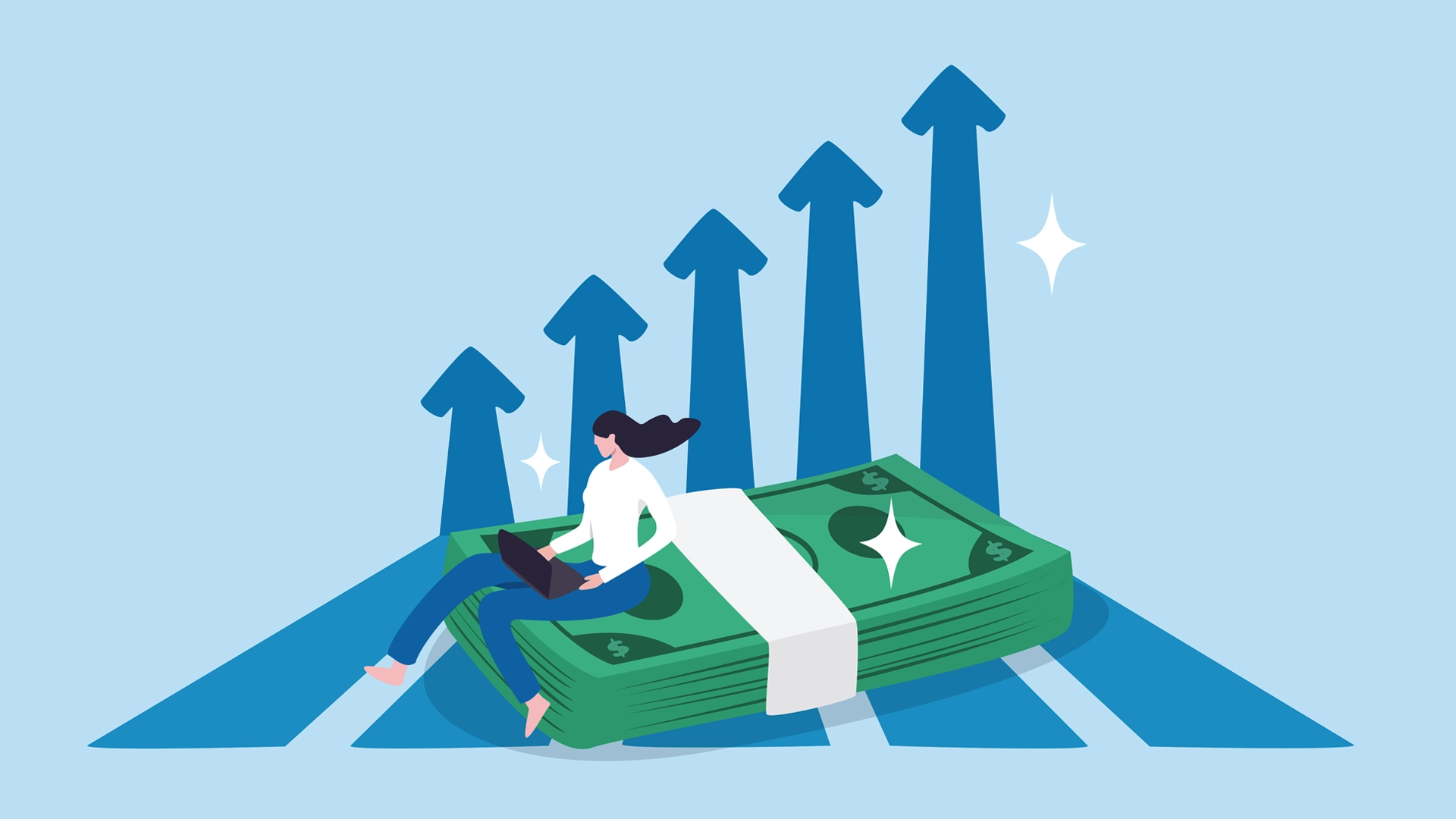
Trust, innovation & human connection: Redefining financial services at Eight.
Thought Leadership
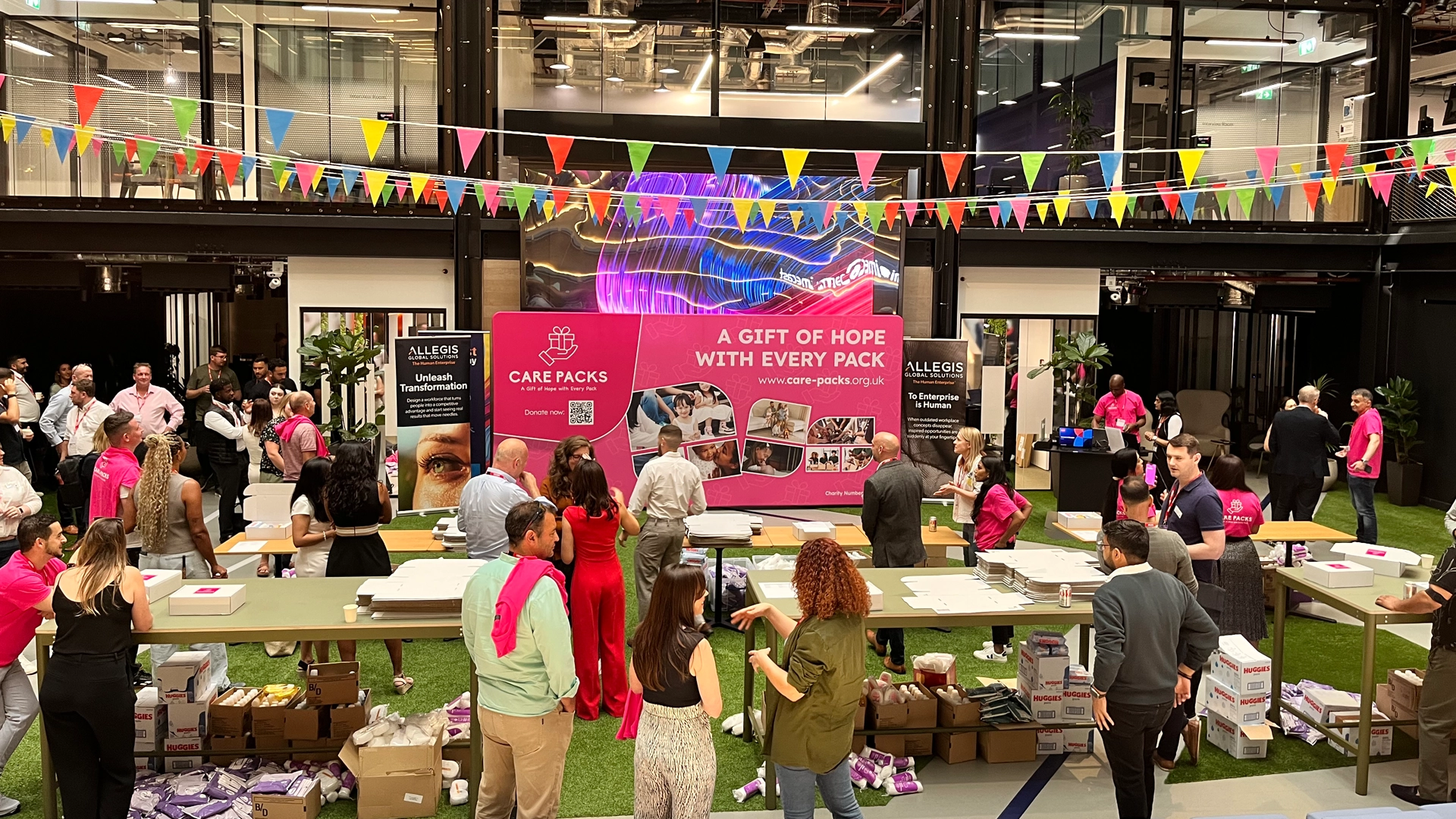
What have nappies got to do with recruitment?
News Events

